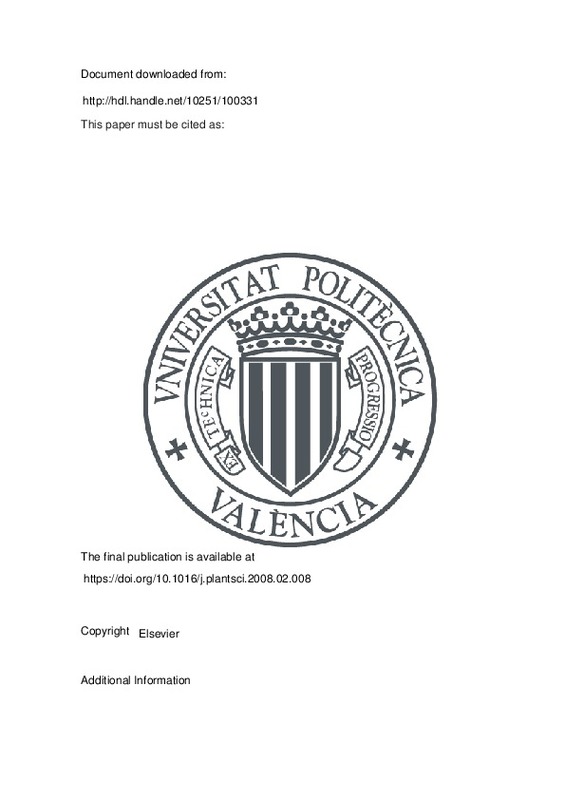JavaScript is disabled for your browser. Some features of this site may not work without it.
Buscar en RiuNet
Listar
Mi cuenta
Estadísticas
Ayuda RiuNet
Admin. UPV
Induction of cinnamate 4-hydroxylase and phenylpropanoids in virus-infected cucumber and melon plants
Mostrar el registro completo del ítem
Por favor, use este identificador para citar o enlazar este ítem: http://hdl.handle.net/10251/100331
Ficheros en el ítem
Metadatos del ítem
| Título: | Induction of cinnamate 4-hydroxylase and phenylpropanoids in virus-infected cucumber and melon plants | |
| Autor: | Fayos, J. | |
| Entidad UPV: |
|
|
| Fecha difusión: |
|
|
| Resumen: |
[EN] In the present work, we have looked for the nature of the phenylpropanoids biosynthesized during the plant-pathogen reaction of two systems, Cucumis sativus and Cucumis melo infected with either prunus necrotic ringspot ...[+]
|
|
| Palabras clave: |
|
|
| Derechos de uso: | Reserva de todos los derechos | |
| Fuente: |
|
|
| DOI: |
|
|
| Editorial: |
|
|
| Versión del editor: | https://doi.org/10.1016/j.plantsci.2008.02.008 | |
| Código del Proyecto: |
|
|
| Agradecimientos: |
We gratefully acknowledge Dr. Lynne Yenush for critical
reading of the manuscript and helpful discussions, and L.
Latorre, and L. Coracha´n for the technical support in the
greenhouse. The authors want to acknowledge ...[+]
|
|
| Tipo: |
|







![[Cerrado]](/themes/UPV/images/candado.png)


